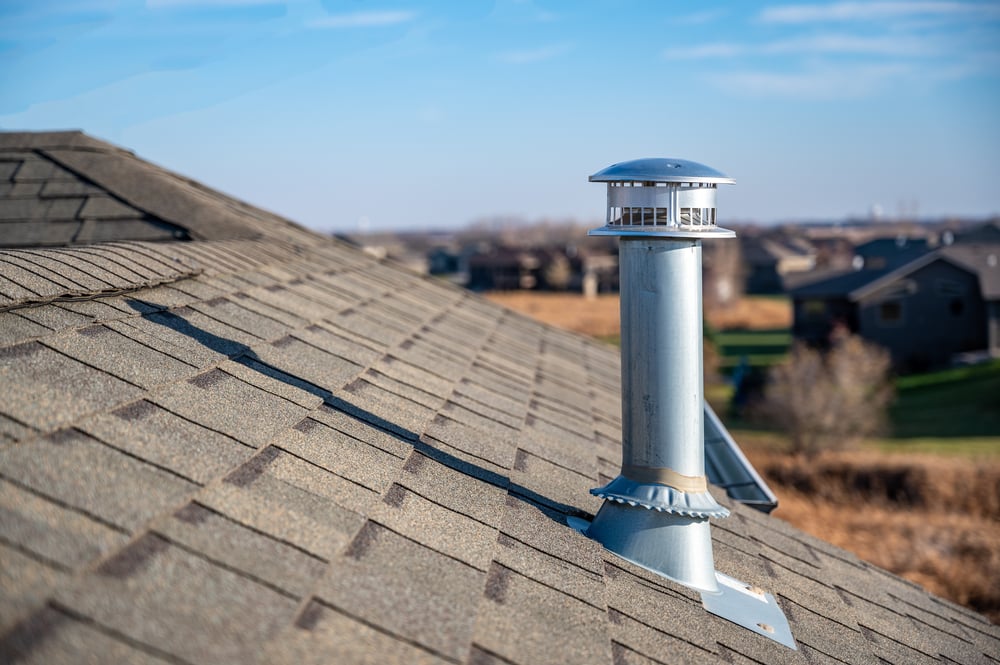Understanding The Importance of Adequate Ventilation in Plumbing Systems
Understanding The Importance of Adequate Ventilation in Plumbing Systems
Blog Article
What are your thoughts and feelings on The Upsides of Proper Ventilation in Plumbing Design?

Correct air flow in pipes systems is often overlooked, yet it is vital for preserving the performance and safety of your home's pipes. Air flow helps manage atmospheric pressure, protect against the buildup of harmful gases, and guarantee the efficient elimination of waste. In this overview, we will certainly explore the relevance of proper plumbing ventilation, how it works, and the advantages it offers your plumbing system.
Understanding Ventilation in Pipes
Ventilation in pipes refers to the network of pipelines that permit air to stream with the drainage system. These vents serve numerous purposes, including regulating air pressure within the pipelines, stopping sewer gases from entering the home, and helping in the smooth flow of wastewater.
How Air Flow Works in Pipes Solutions
Air Pressure Guideline
Correct air flow preserves balanced air pressure within the pipes system. When water moves via pipes, it displaces air. Without appropriate air flow, this displacement can create unfavorable pressure, resulting in slow down drains pipes or siphoning of water from catches, which can create undesirable smells to leak right into the home.
Preventing Sewage System Gas Build-up
Among one of the most vital functions of pipes vents is to avoid sewage system gases, such as methane and hydrogen sulfide, from collecting within the home. These gases can position serious wellness dangers and are extremely combustible. Vent pipes enable these gases to run away safely outside.
Assisting in Waste Elimination
Ventilation assists in the reliable elimination of wastewater by preventing airlocks in the drain system. When air can stream freely with the vents, it permits water and waste to move efficiently with the pipes, decreasing the risk of obstructions and backups.
Kinds Of Pipes Vents
Main Heap Vent
The primary stack vent, likewise known as the vent stack, is the primary air vent in a plumbing system. It expands from the major drainpipe line up via the roofing, allowing gases to get away and fresh air to go into the system.
Branch Vent
Branch vents attach to the major stack air vent and offer specific components, such as sinks, commodes, and showers. These vents make certain that each component has ample air flow to work effectively.
Air Admittance Shutoff (AAV).
An Air Admission Valve (AAV) is a one-way valve that enables air to go into the plumbing system without the need for a conventional air vent pipe extending with the roof covering. AAVs are commonly used in restorations or areas where setting up a typical air vent is unwise.
Indicators of Poor Air Flow in Plumbing.
Slow Draining Fixtures.
If your sinks, tubs, or toilets are draining gradually, it could be an indication of bad ventilation. Insufficient air flow can develop a vacuum result, making it hard for water to drain pipes properly.
Gurgling Seems.
Gurgling audios coming from drains pipes are often an outcome of air being sucked through water catches because of negative stress in the pipes. This is a clear indication of inadequate air flow.
Unpleasant Smells.
Sewer smells inside your home are a warning that your plumbing system is not effectively aerated. This might mean that sewer gases are not being properly aired vent outside, causing possibly dangerous problems.
Usual Air Flow Errors.
Poor Vent Sizing.
Using undersized air vent pipes can result in inadequate air circulation and pressure imbalances in the system. It's necessary to make use of vents that fulfill the details demands of your pipes system.
Improper Vent Positioning.
Placing vents also much from the components they offer can decrease their efficiency. Correct placement ensures that air can move freely and efficiently through the system.
Ignoring Code Requirements.
Building codes provide details guidelines for plumbing air flow. Disregarding these codes can lead to a system that stops working to operate correctly and may cause expensive repairs or carcinogen.
Benefits of Proper Air Flow.
Improved System Effectiveness.
Properly ventilated plumbing systems operate much more successfully, with fewer blockages, faster draining pipes, and much less pressure on the pipes. This effectiveness expands the lifespan of the plumbing system.
Improved Air High Quality.
By preventing sewage system gases from entering your home, proper air flow contributes to far better interior air quality, making your living environment healthier and extra comfy.
Stopping Water Damage.
Appropriate ventilation aids prevent water from being siphoned out of catches, which can bring about sewage system gases getting in the home and causing water damages over time.
Actions to Make Sure Appropriate Air Flow.
Consulting Plumbing Codes.
Always get in touch with regional pipes codes when designing or modifying your pipes system. These codes give the essential standards for correct airing vent and guarantee your system meets security standards.
Routine Assessment and Maintenance.
Regular examinations can help recognize prospective ventilation concerns prior to they come to be major problems. Maintenance tasks, such as cleaning up vent pipelines and checking for clogs, are essential for maintaining the system in good working order.
Specialist Installation.
For new installments or significant alterations, it's smart to hire an expert plumbing technician. They have the expertise to guarantee the air flow system is correctly developed and set up according to code.
Verdict.
Appropriate ventilation is a vital element of any kind of pipes system, guaranteeing that it functions effectively and safely. By comprehending the importance of air flow, identifying the indications of inadequate air flow, and taking steps to keep your system, you can prevent pricey concerns and safeguard your home's air top quality.
What is a Plumbing Vent and it's used for?All plumbing systems in residential and commercials construction have a plumbing vent. It doesn’t just vent unwanted odors from the drainage system to the outside; it actually serves an important purpose by supplying air to the system.
The plumbing drainage system is actually called a drainage, waste and vent (DWV) system. When water flows down the piping, an air supply (vent) is needed to allow the water to flow. Think of the vertical pipe as a drinking straw. If you plug the top end of a straw, liquid won’t drain from it.
The DWV system in your building consists of a series of pipes connected to each fixture; they extend above each fixture, and the system terminates at an open pipe that extends through the roof. This piping allows air into the system and prevents unbalanced pressures in the piping.
?The vent also prevents the system from drawing water out of a trap at the fixture with the characteristic “glug-glug-glug” as the drain gasps for air. Plumbing traps should drain smoothly and never “glug” or gasp for air.
If you have a drain that empties slowly or gurgles as it drains, this may indicate a venting problem. If you flush a toilet and the sink gurgles, there’s definitely a vent problem. It is good idea to have a Plumber check this.
https://www.ameliashomeinspection.com/blog/what-is-a-plumbing-vent-and-its-used-for

I am very intrigued by The Upsides of Proper Ventilation in Plumbing Design and I'm hoping you enjoyed reading my entry. Liked our write up? Please quickly share it. Let somebody else discover it. We cherish your readership.
Schedule A Service Report this page